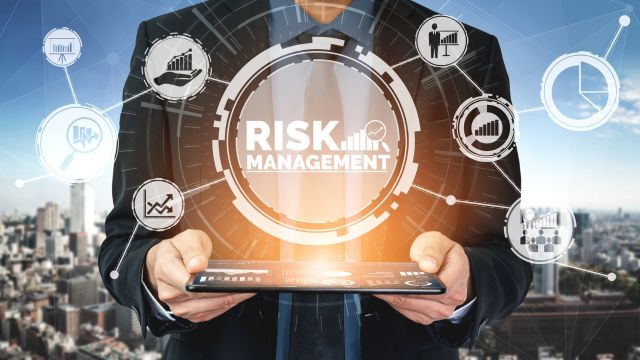Mitigating Risk: Essential IT Security Best Practices for SMEs

Published: 12 September 2025
Many leaders of small and medium-sized enterprises (SMEs) operate under the dangerous misconception that they are too small to be a target for cyberattacks. The unfortunate reality is that the opposite is true. SMEs are frequently and deliberately targeted by cybercriminals precisely because they are perceived as softer targets, often lacking the sophisticated and expensive security infrastructure of large corporations. The consequences of a single security breach can be devastating for an SME, leading to crippling financial loss, irreversible reputational damage, and severe operational disruption.
The good news, however, is that you don’t need a massive budget or a large, dedicated security team to dramatically mitigate your risk. By implementing a set of foundational, practical, and cost-effective IT security best practices, you can build a strong and resilient defense to protect your business, your data, and your customers.
Why Proactive IT Security is an Essential Investment for SMEs
For an SME, proactive IT security is not a luxury; it’s a critical investment in your business’s continuity, success, and very survival. A strong security posture protects your sensitive financial data, your customers’ personal information, and your intellectual property. It builds trust, helps you meet regulatory compliance obligations, and ultimately gives you the peace of mind to focus on growing your business.
Essential Security Best Practices for Every SME
You can make a huge difference in your security posture by focusing on these foundational best practices.
1. Foster a Security-Aware Culture
Technology is only part of the solution. Your employees are your first and most important line of defense.
- Ongoing Security Training: Don’t make training a one-time event. Regularly educate your team on how to recognize modern phishing emails, avoid suspicious downloads, use strong passwords, and understand the importance of data privacy. A well-informed employee is a powerful human firewall.
- Create Clear and Simple Policies: Establish straightforward and easy-to-understand security policies for critical areas like data handling, password creation, and the use of personal devices for work.
2. Implement Strong Access Controls
The goal is to ensure that only the right people have access to the right data at the right time.
- Enable Multi-Factor Authentication (MFA) Everywhere: This is arguably the single most effective security measure you can implement. MFA requires users to provide a second form of verification (like a code from their phone) in addition to their password, making it exponentially harder for attackers with stolen credentials to gain access.
- Enforce Strong Password Policies: Mandate the use of long, complex, and unique passwords for all accounts. Consider using a reputable password manager for your team to make this easier.
- Embrace the Principle of Least Privilege (PoLP): Employees should only have access to the specific data, systems, and applications they absolutely need to perform their jobs. This limits the potential damage if an account is ever compromised.
3. Keep All Software and Systems Diligently Up-to-Date
Cybercriminals love to exploit known vulnerabilities in outdated software. This is one of their primary methods of attack.
- Commit to Regular Patching: Consistently apply security patches and updates to your operating systems, applications (especially web browsers and office suites), and network hardware (like routers and firewalls) as soon as they become available.
- Automate Updates Where Possible: Many applications offer automatic updates. Enable this feature whenever you can to ensure you’re always protected without manual intervention.
4. Back Up Your Critical Data Regularly and Reliably
A reliable and tested backup is your ultimate safety net in the event of a ransomware attack, hardware failure, or other data-loss disaster.
- Follow the 3-2-1 Rule: This industry best practice is a great guideline. Keep at least 3 copies of your data, on 2 different types of storage media, with at least 1 of those copies stored off-site (e.g., in a secure cloud backup service).
- Test Your Backups Periodically: A backup is useless if it can’t be restored. Regularly test your backups to ensure that you can actually recover your data quickly and completely when you need it most.
5. Develop a Simple and Actionable Incident Response Plan
When a security incident occurs, panic and confusion can make things worse. You need a simple, clear plan for what to do. Your plan should outline:
- Who to contact immediately (both internally and externally, like an IT partner).
- The first steps to take to isolate affected systems and prevent further damage.
- How and when to communicate with your employees, customers, and any relevant authorities.
Building a strong security posture is an ongoing process, but these essential practices provide a powerful foundation for mitigating risk and protecting the business you’ve worked so hard to build.
At Aqon, we understand the unique security challenges and budget constraints faced by SMEs. We offer tailored IT security solutions that are both effective and affordable, helping you implement these best practices and build a resilient defense against modern cyber threats.
Don’t leave the future of your business to chance. Contact us today to learn how we can help you secure your business and give you invaluable peace of mind.
Next Up: Optimizing Your DevOps Pipeline for Speed and Quality
Latest Articles



